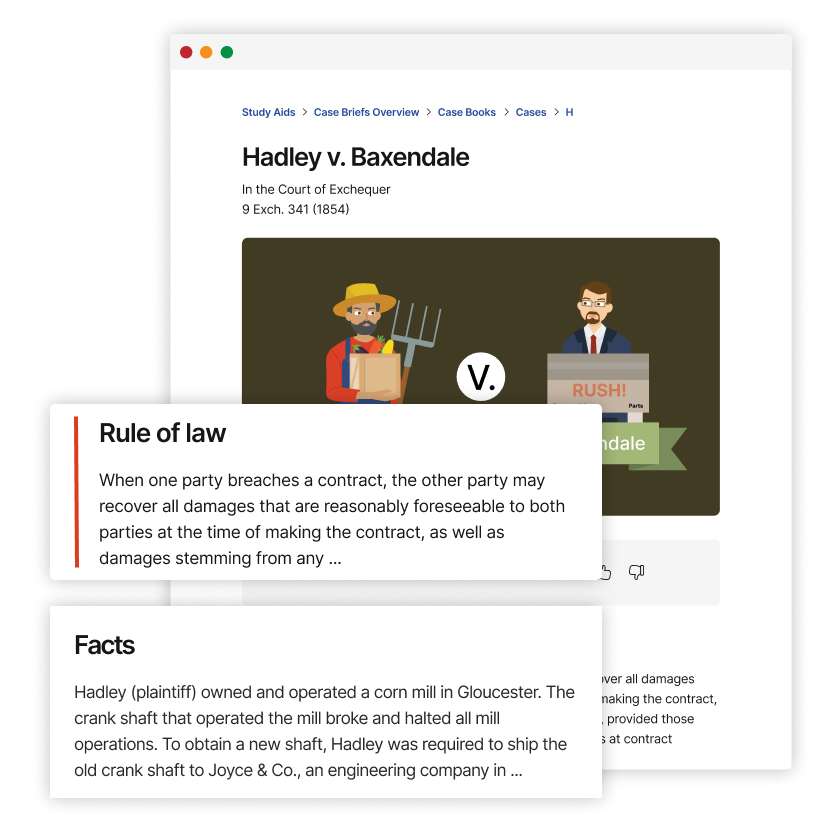In re School Asbestos Litigation
United States Court of Appeals for the Third Circuit
789 F.2d 996 (1986)

- Written by Catherine Cotovsky, JD
Facts
Numerous school districts (schools) (plaintiffs) sued various asbestos-related companies (companies) (defendants) to recover compensatory and punitive damages after the schools were forced to comply with federal regulation by testing and remediating the presence of asbestos in their buildings. The schools brought their claims against the companies on several theories of relief at a time when tens of thousands of asbestos-related personal-injury and property-damage claims were already pending against asbestos manufacturers in various contexts through the country. Upon the motion of some of the schools, the district court certified two conditional classes, including a mandatory class under Federal Rule of Civil Procedure 23(b)(1)(B) on the punitive-damages claims and an opt-out class under Rule 23(b)(3) on the issue of compensatory damages. The district court determined that the opt-out class met the certification requirements of numerosity, typicality, commonality, and superiority because asbestos was estimated to be present in approximately 14,000 schools, the schools’ theories of liability were harmonious with those of the named school plaintiffs, the underlying issues of the claims were common to one another, the impact of the presence of asbestos was similar to each school, and proceeding as a class on at least some issues would be more cost-efficient than redundant individual litigation. Some schools and some companies appealed both the Rule 23(b)(1)(B) and Rule 23(b)(3) certifications.
Rule of Law
Issue
Holding and Reasoning (Weis, J.)
What to do next…
Here's why 899,000 law students have relied on our case briefs:
- Written by law professors and practitioners, not other law students. 47,000 briefs, keyed to 994 casebooks. Top-notch customer support.
- The right amount of information, includes the facts, issues, rule of law, holding and reasoning, and any concurrences and dissents.
- Access in your classes, works on your mobile and tablet. Massive library of related video lessons and high quality multiple-choice questions.
- Easy to use, uniform format for every case brief. Written in plain English, not in legalese. Our briefs summarize and simplify; they don’t just repeat the court’s language.




